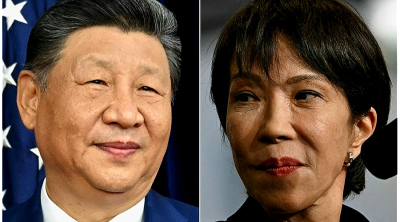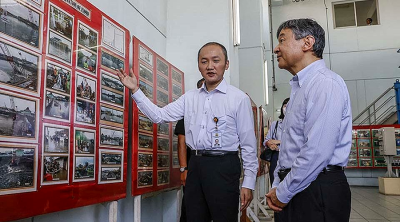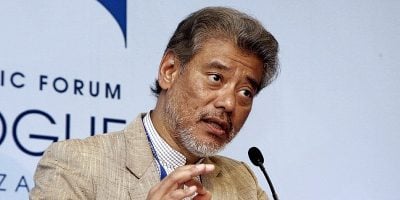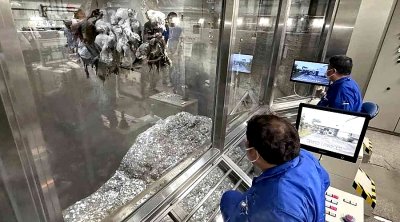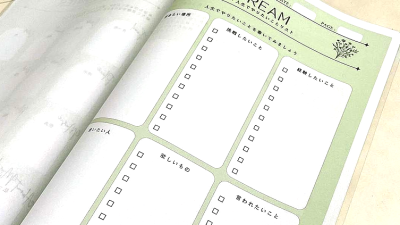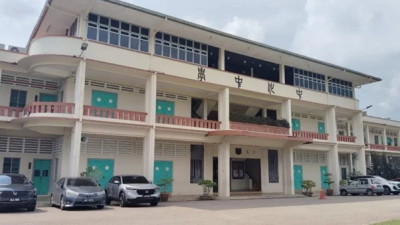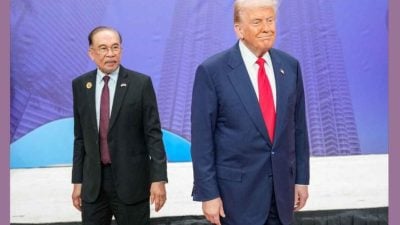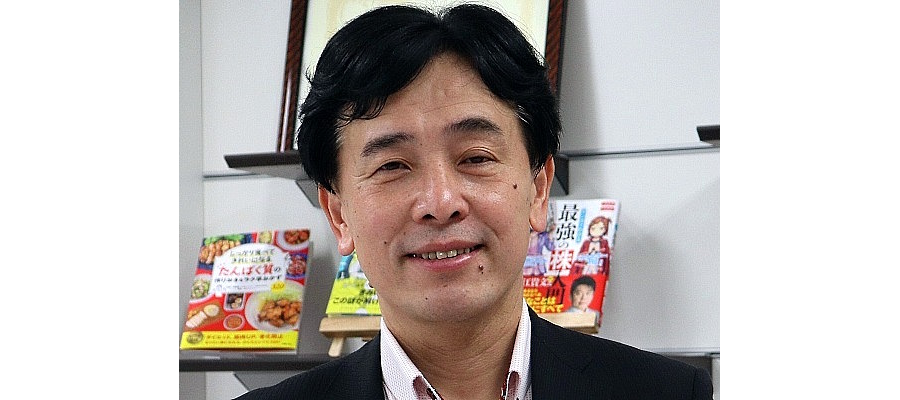
The impact of reciprocal tariff policies and national responses
The “reciprocal tariff” policies announced by the Trump administration in April 2025 were a major shock to countries around the world because they undermined the existing international trade order.
More recently, on August 1, the United States officially introduced a tariff system by presidential order, imposing rates ranging from 10 to 41 percent on goods from over 75 countries.
This is a clear violation of the most-favored-nation (MFN) principle, which is the foundation of the WTO agreement, and a clear challenge to multilateralism in international trade.
By using the economic coercion method of applying “reciprocal tariffs,” the United States is no longer the guardian of the free trade system.
In this situation, if Chinese products that have been shut out of the US market flow into third-country markets, it could harm those countries’ industries.
In such a situation, there is an increasing possibility that countries will be tempted to take tariff measures that exceed the bound tariff rates set by the WTO in order to protect their own industries.
On August 1, 2025, according to a report by the Nikkei, Treasury Secretary Bessent suggested the potential for a chain reaction of protectionism, noting that “over time the developed economies may start increasing their trade barriers” because “the Global South just can’t absorb all this Chinese production.”
In fact, there are signs that Chinese-made steel, chemical products, machinery parts, and other products are flowing into ASEAN countries, which could put serious pressure on local industries.
What encourages the introduction of tariff measures exceeding the WTO’s bound tariff rates is the suspension of the Dispute Settlement System (DSS).
Since 2019, the WTO Appellate Body has been effectively paralyzed, rendering it impossible to impose binding sanctions for rule violations.
This institutional vacuum could lead to a “de facto state of disorder,” and the free trade order based on the WTO itself is on the brink of collapse.
Crisis in particularly vulnerable developing countries and ASEAN
Amid this growing uncertainty in the international trade order, small and medium-sized developing countries with small economies that rely on external demand are most affected.
For countries with small domestic markets that have achieved export-led growth, a chain of tariff hikes would mean losing the foundation of their growth.
In particular, for ASEAN countries, which are highly dependent on exports and have been key players in supply chain integration, the current trade environment could pose a crisis that shakes the very foundations of their national economies.
2025 marks the 30th anniversary of the WTO’s founding, but in reality, it is a year in which the very foundations of its ideals and institutions are under threat.
Such fundamental principles of the multilateral trading system as non-discrimination, transparency, and the rule of law are being forced into institutional fatigue and formalization by US trade policy.
In this context, Japan and ASEAN, as actors with experience in the practical operation of broad economic partnerships such as the Regional Comprehensive Economic Partnership (RCEP) and the Comprehensive and Progressive Agreement for Trans-Pacific Partnership (CPTPP), are in a position to shoulder international responsibility for maintaining and rebuilding the free trade order.
A WTO reform strategy without the US and an “ASEAN-X” approach
Realistically, it will be difficult to involve the US in the WTO reform process under the current Trump administration.
Therefore, we must rebuild the WTO system within a framework that excludes the US. Japan should demonstrate proactive and strategic leadership toward restoring the WTO’s functionality.
In this regard, one option for Japan would be to seek cooperation from ASEAN, following the “ASEAN-X” formula, and introduce a flexible approach that allows the United States to join when it is ready.
Such an “open framework” allows for the avoidance of an institutional vacuum, while maintaining the flexibility to accommodate a future return of the United States to the free trade order.
There is no time left to persuade the United States, which is clearly leaning toward protectionism and mercantilism, so the realistic solution is to “advance” this framework rather than “involve” the United States in it.
Japan’s responsibilities in times of crisis
This year marks the 30th anniversary of the WTO’s founding, and the crisis facing the WTO has become a reality.
Japan is now at a stage where it must work together with the EU and ASEAN countries to take the lead in rebuilding a free trade order based on multilateralism.
How can the outcomes of the United States’ bilateral negotiations be elevated into multilateral rules, ensuring institutional coherence?
What is now crucial is the capacity for institutional design to achieve that goal—a capability that is being put to the test in Japan’s economic diplomacy
If this opportunity is missed and a chain reaction of protectionism takes hold, ASEAN countries, which play a central role in the global economy, could enter an era of economic stagnation due to weak demand and fragmentation.
The impact would extend beyond the region, affecting the global economy as a whole.
Preserving and rebuilding a free and open rules-based trading order is now more urgent than ever.
(Seiya Sukegawa is Professor at the Faculty of Political Science and Economics, Kokushikan University, Japan, and Visiting Professor, Thai-Nichi Institute of Technology, Thailand.)
ADVERTISEMENT
ADVERTISEMENT






